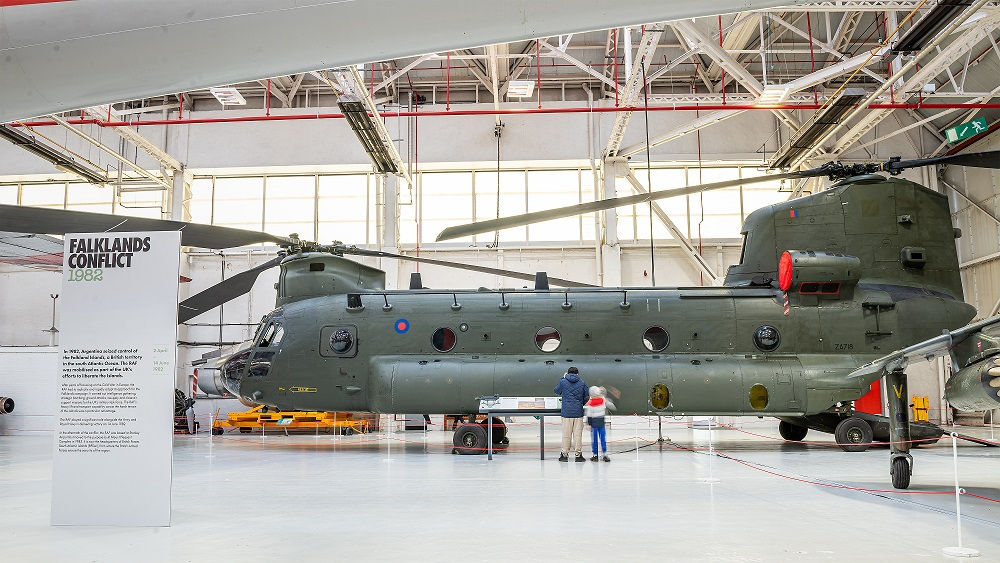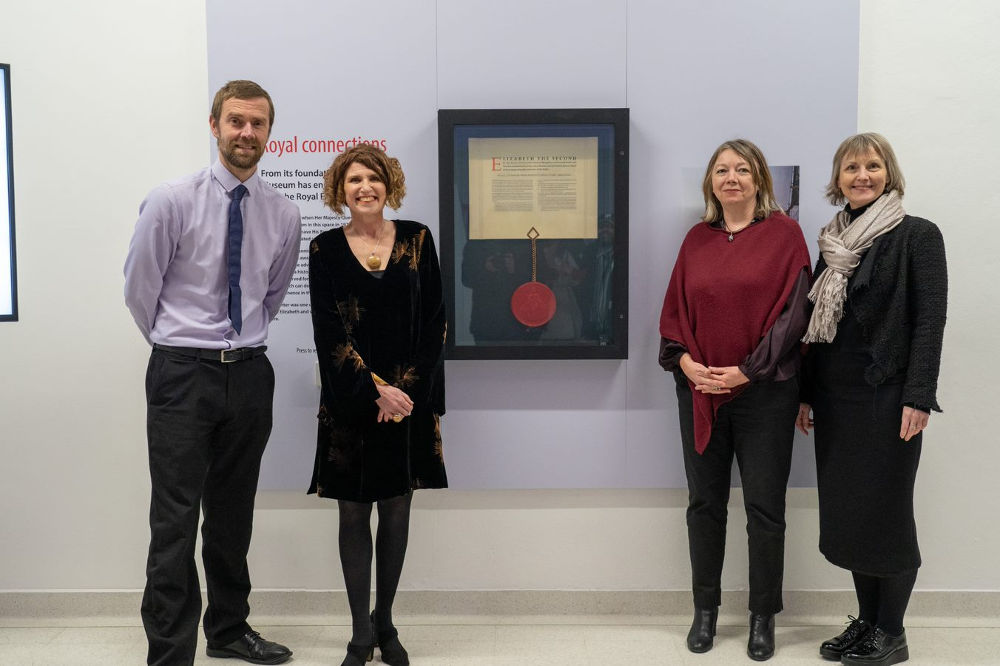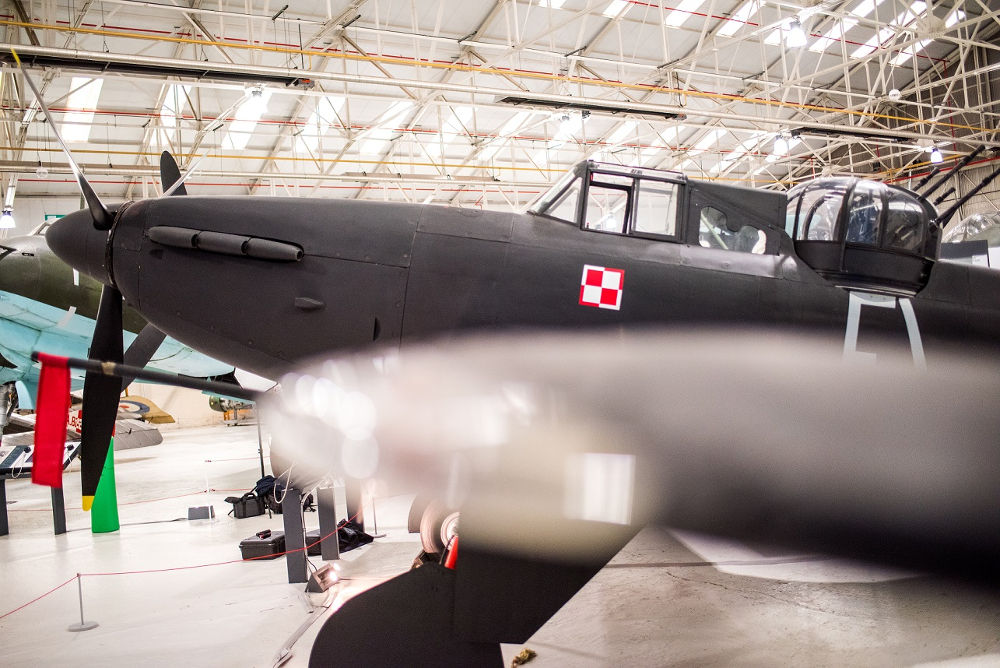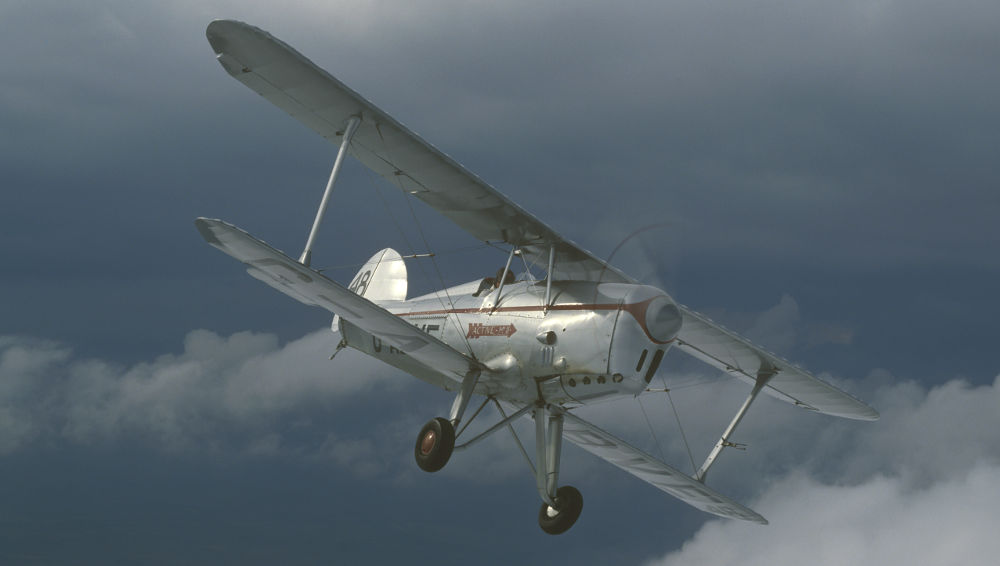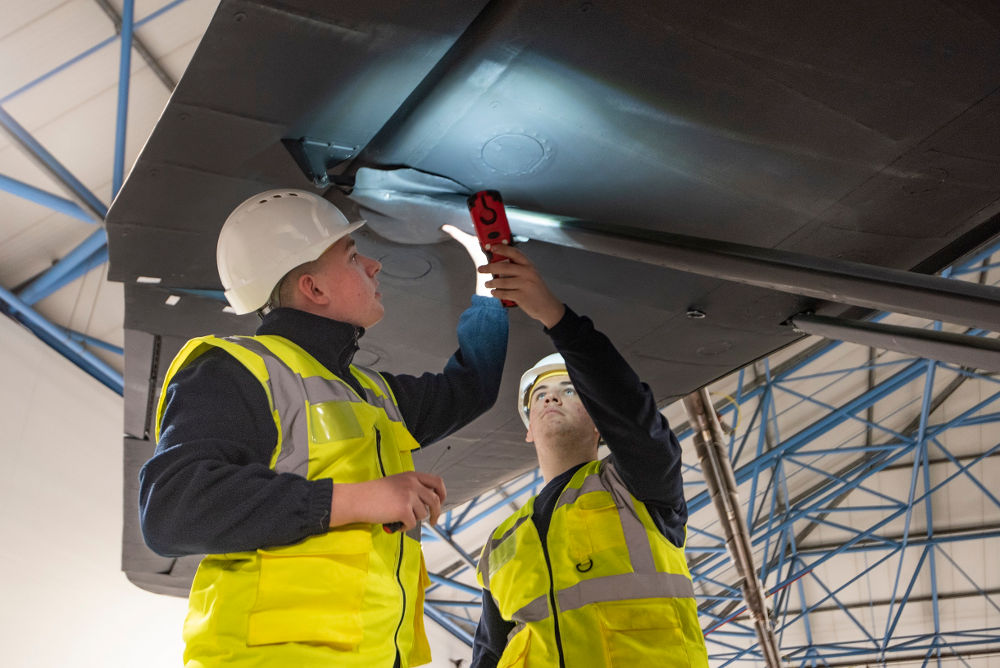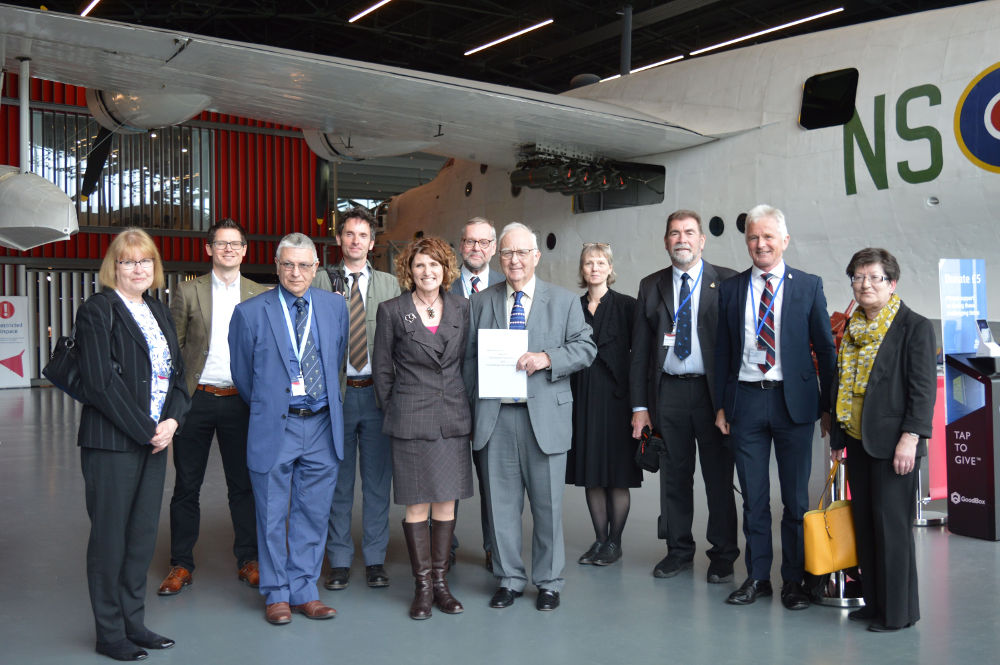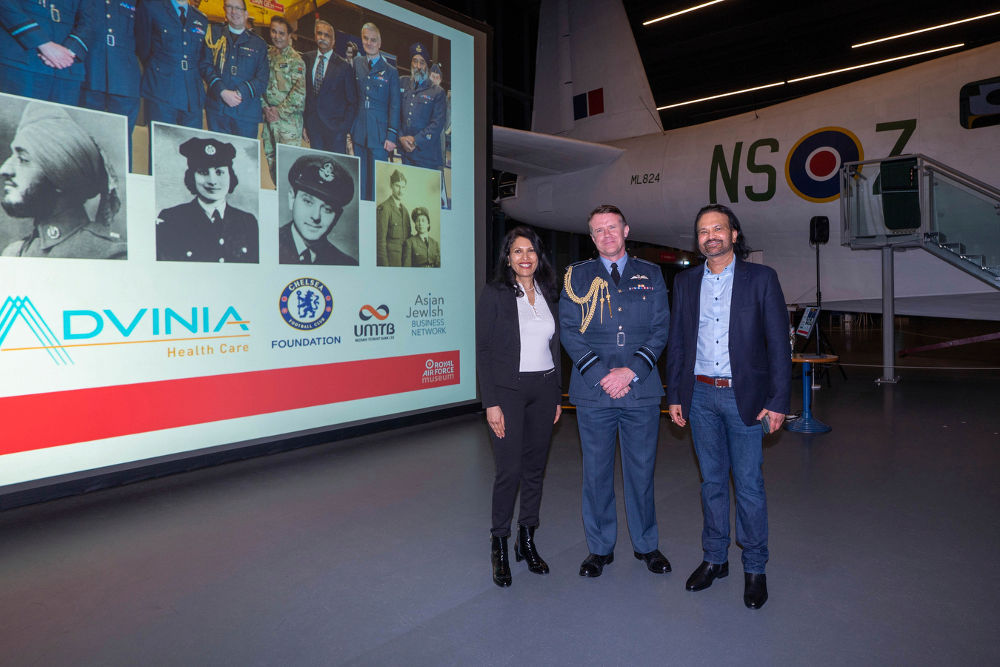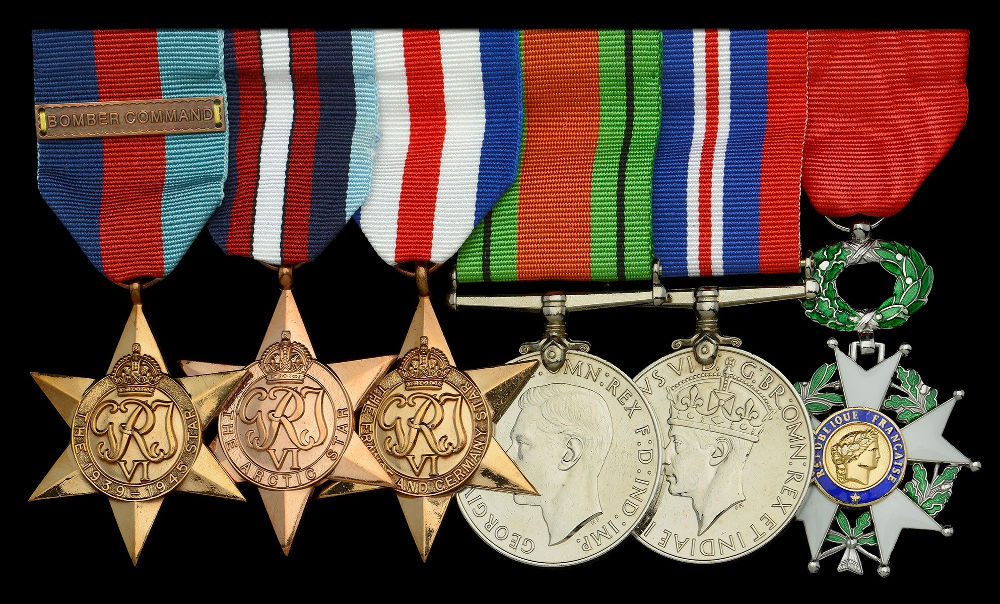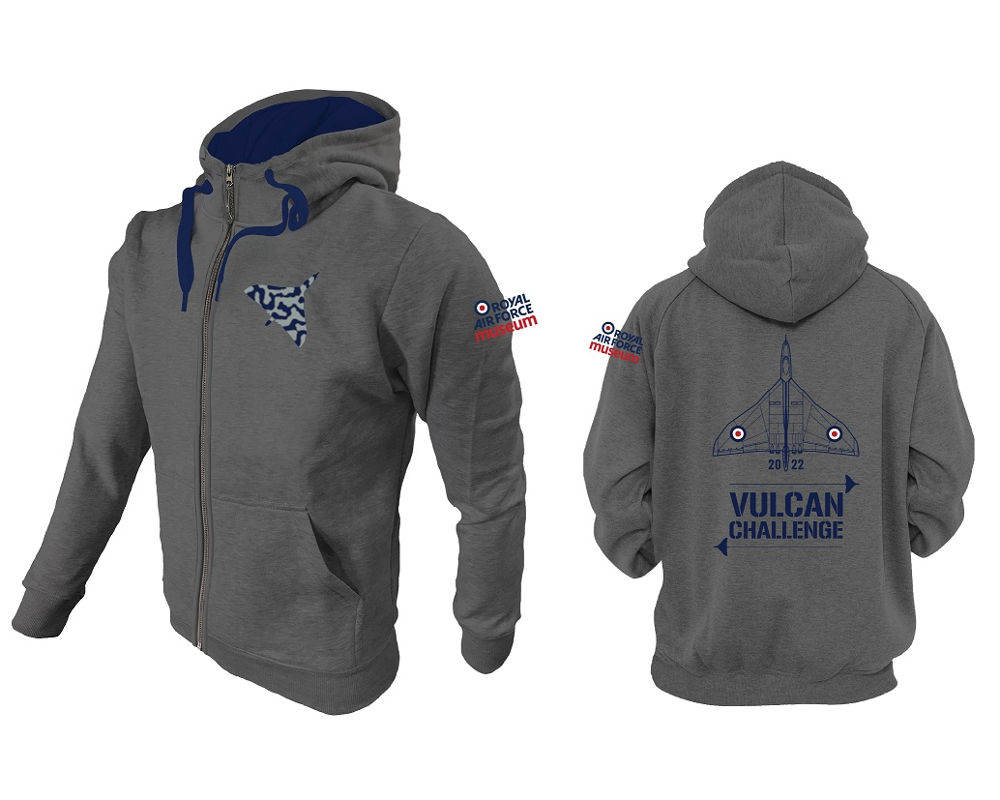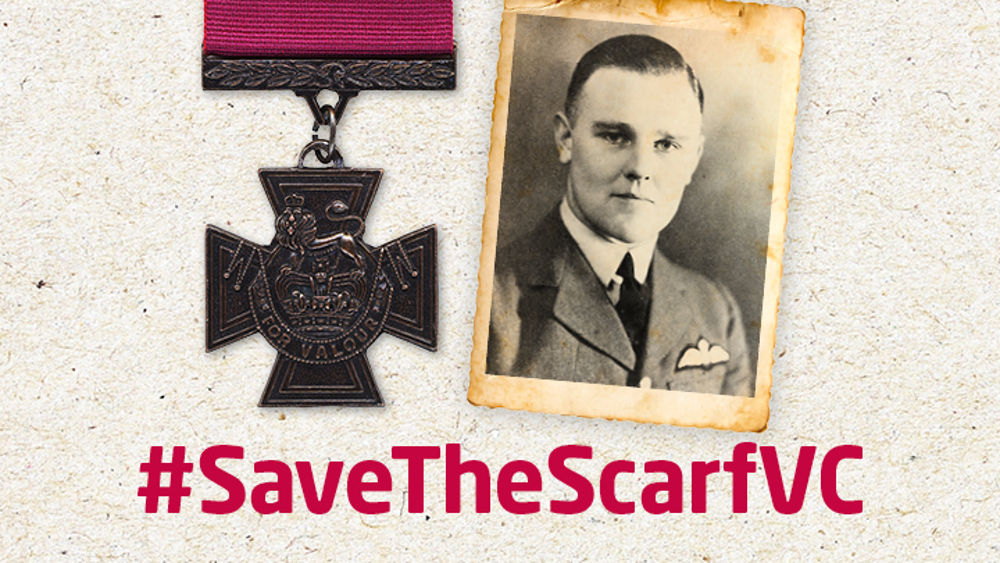
The Royal Air Force Museum is calling on the public’s support to help keep Squadron Leader Arthur Scarf’s Victoria Cross medal in the UK.
Arthur Scarf was the recipient of the only Victoria Cross awarded to the Royal Air Force for services in the Far East during the Second World War. This incredibly rare medal, and Arthur’s Story, is a national treasure which represents an extraordinary and highly poignant story of great personal courage, and the RAF Museum is determined for it to remain within the UK.
The Museum is a registered charity and has just a few months to raise £660,000 to match the auction bid placed by an overseas buyer. If successful in the mission to acquire this one-of-a-kind medal, the VC will be preserved in the RAF Museum’s national collection on public display in London, for future generations to see.
The Museum is hoping to raise £250,000 of the required funds through public donations. Money raised will be added to a contribution being made from the Museum’s own funds, and a potential grant from the National Heritage Memorial Fund. Donate to #SaveTheScarfVC on the Museum’s dedicated Save the Scarf VC GoFundMe page.
RAF Museum Historian and Head of Collections, Dr Harry Raffal said:
‘Not only does Sqn Ldr Scarf’s Victoria Cross represent his outstanding devotion to duty and supreme act of bravery, it is also a powerful reminder of the sacrifices made by all the British and Commonwealth service personnel fighting in the Far East, and the role of the RAF within this context. This unique medal is part of our nation’s heritage, and a significant element to a decisive moment in British history. There is an imminent risk of it leaving the UK, but we’re hopeful that with public support we can prevent this from happening, and for the medal to remain on our shores. If we’re successful, the medal will be displayed at the Museum, in the heart of our collection, helping us to share the stories of all those RAF personnel who fought, lived and died in the conflict.’
The Victoria Cross (VC) is the highest decoration for valour in the British armed forces, awarded for an act of extreme bravery in the face of the enemy. Such is the medals legendary status, recipients are often revered as heroes. Only 22 Victoria Crosses were awarded to RAF personnel during the Second World War, and just one, for their service in the Far East – the VC that was awarded to Arthur Scarf.
Scarf joined the RAF in 1936 aged 23, and three years later was sent to Singapore with No. 62 Squadron to join the forces in the Far East. On the 9 December 1941, he led a formation of Bristol Blenheim aircraft in a daylight attack on Japanese forces occupying airfields in Burma, what is today Thailand. As Scarf became airborne, a formation of Japanese bombers swept over the airfield destroying every British aircraft on the ground.
Realising that none of his squadron’s aircraft had survived the Japanese bombing, Scarf was determined to complete his squadron’s allotted task. Flying low for some 30 miles into enemy occupied territory, Scarf skilfully evaded several attacks by Japanese fighters, and released the bombs whilst his crew manned the machine guns. With the task complete and now heading home, more Japanese fighters arrived attacking at close range. Greatly outnumbered, hopelessly outgunned and in aircraft slower than the enemies, Scarf flew at tree top height, desperately seeking whatever protection he could find. Despite evading the worst of the Japanese attacks, machine gun fire riddled the Blenheim. Scarf was mortally wounded but continued to fly the aircraft while being held upright by his crew mates and managed to make a controlled crash landing at a nearby British controlled airfield without injury to his crew, but Scarf died from his wounds shortly afterwards.
The Victoria Cross was awarded posthumously in 1946 and was presented to his widow, Elizabeth, by King George VI at Buckingham Palace.
Arthur’s heroic story can inspire future generations for many years to come. To support the RAF Museum’s mission to raise the money needed to save Scarf’s VC medal from leaving the UK, visit the Save the Scarf VC GoFundMe page.

